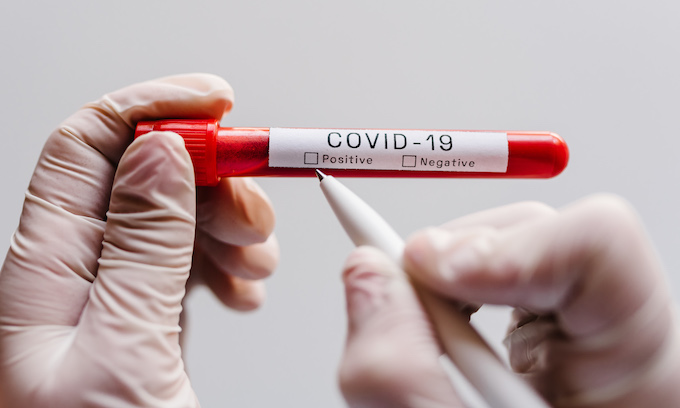In a recent interview, distinguished professor of biology at Caltech and Nobel Prize Laureate David Baltimore urged that we must find out what was happening in the Wuhan Institute of Virology.
“The fact that evolution might have been able to generate SARS-CoV-2 doesn’t mean that’s how it came about,” Baltimore said. “I think we very much need to find out what was happening in the Wuhan Institute of Virology.”
Baltimore described the process by which cells become infected with viruses. He noted that there are other viruses from which COVID-19’s nucleotides could have come from and evolved into the sequences we see today.
“I’m perfectly willing to believe that happened,” he said, “but I don’t think it’s the only way that that sequence could have appeared.”
“The other way is that somebody could have put it there,” he said. “You can’t distinguish between the two origins from just looking at the sequences. So, naturally, you want to know were there people in the virology laboratory in Wuhan who were manipulating viral genetic sequences?”
“Now, within the SARS-CoV-2 genome there is an insertion of 12 nucleotides that is entirely foreign to the beta-coronavirus class of virus that SARS-CoV-2 is in. There are many other viruses in this class, including the closest relative of SARS-CoV-2 by sequence, and none of them have this sequence. The sequence is called the furin cleavage site.
To back up a little bit: In order to infect a cell, the spike protein on the surface of viruses like SARS-CoV-2 needs to first be cut, or cleaved. The cut needn’t be terribly exact, but it needs to be cut. Different viruses attract different kinds of cellular “scissors,” so to speak, to make this cut; the furin cleavage site attracts the furin protein providing the most efficient way to make a cut. You don’t need a furin cleavage site to cut the protein, but it makes the virus more efficiently infectious.
So where did it come from in SARS-CoV-2? There are other viruses that have furin cleavage sites, other coronaviruses, though not the family of beta-coronaviruses. So this sequence’s nucleotides could have hopped from some other virus. No one has identified a virus that has exactly this sequence, but it could have come from something close, then evolved into the sequence that we see today.”
Indeed, the coronavirus pandemic caused widespread turmoil economically, physically and mentally. Because of this, Baltimore said it’s important to know what happened to prevent it from happening again.
“I think we want to know the pathway of generating highly infectious new viruses that could cause pandemics because we want to protect ourselves against this happening again,” he said. “If it happened by natural means, it means that we have to increase our surveillance of the natural environment.”
However, “if SARS-CoV-2 came about by artificial means, it means we’ve got to put better defenses around laboratories,” Baltimore continued. “I’m not suggesting that it was deliberately released if it came from a laboratory, but we have to realize that whatever a laboratory does might get out of the laboratory and create havoc. It means that work of this sort should only go on in what are called biosafety level 4 laboratories.”
© Copyright 2021 HUMAN EVENTS. All Rights Reserved.
—-
This content is published through a licensing agreement with Acquire Media using its NewsEdge technology.



















China is too busy taking over the US right now to provide that information and Joe Biden does not want anyh interference.
Impeach Biden
It is obvious just what is happening in Wuhan Lbas today, They are refining and deploying new strains of COVID to keep the pressure on America in outright Germ warfare, confident the secret will be kept by their bought and paid for media as efficiently as the last stolen election.
EVEN IF We had trump still in office, i DOUBT WE WILL EVER Find out the truth of what was happening in Wuhan.. ALL evidence has either been destroyed or altered so much, we won’t ever know what the truth of the matter is..
” David Baltimore urged that we must find out what was happening in the Wuhan Institute of Virology”? This virus did come from the Wuhan lab, so let’s cut the bull that the virus came from nature. Does anyone think that communist China will allow anyone to discover what the Wuhan Lab did to create this virus? Whoever believes that the communist Chinese will cooperate with the investigation of the Wuhan lab believes that I can sell them the Brooklyn Bridge for a dollar.
We’d have a better chance of finding out “DO ALIENS ON MARS really exist” before we ever get, to the bottom, of what happened in Wuhan.
All roads lead back to Wuhan and Fauci.
Seize the Grant money paperwork from Fauci that went to the Wuhan Lab and any other paperwork involving any middlemen. If the paperwork has been destroyed, better as CZAR Fauci, what’s up with that !